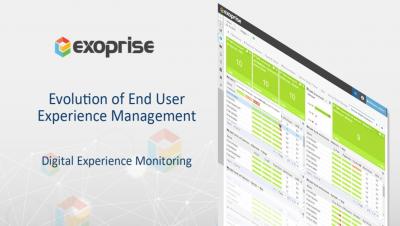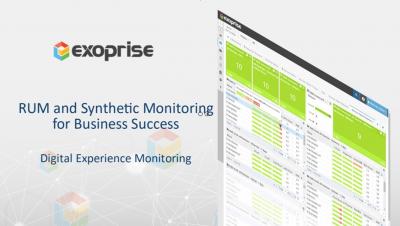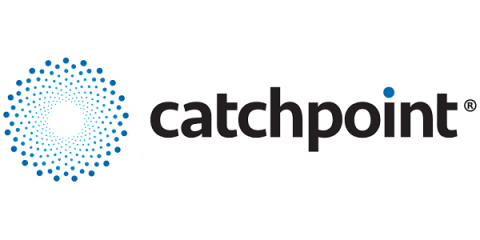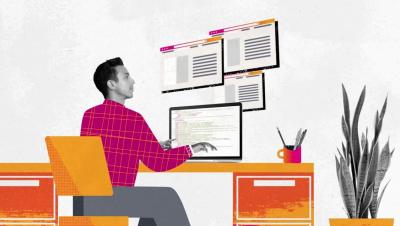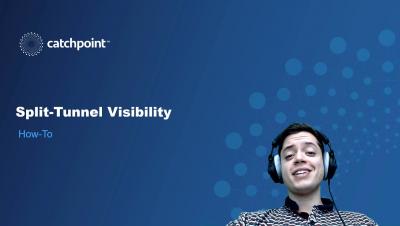Operations | Monitoring | ITSM | DevOps | Cloud
Digital Experience Monitoring
The latest News and Information on Digital Experience Monitoring for End Users, Employees and Remote Working.
Digital Experience Monitoring Benefits for IT Featuring Forrester
Combine Synthetics and Real User Monitoring for a Complete End-User Digital Experience
Catchpoint Announces Integration with Google Cloud, Provides User Visibility Across Applications
Supporting Remote Workers During a Pandemic
Working from home is no longer an option but a necessity. Millions of Americans are now part of this "work from home" experiment triggered by Covid-19. There may be no turning back as employees and businesses choose this new emerging model. Remote workers are likely here to stay. According to a Gartner 2020 survey, 82% of business leaders surveyed plan to allow their employees to work remotely for part of the time and half of them intend to allow their employees to work remotely in the future.
Splunk Digital Experience Monitoring: Real insights into real user experience
Catchpoint Announces Native Support for Google's Core Web Vitals
Five Reasons to Use Catchpoint for Measuring Core Web Vitals
We are in this together. As part of our continuous efforts to meet customer expectations, we have recently added Core Web Vitals to our performance measurement programs. We are happy to share that these metrics are now a native part of the Catchpoint Platform. DevOps’ SREs, Platform Operations Engineers, and business and monitoring strategists alike will realize a series of key benefits from this addition.
Uncover How Your Employees Experience Their SaaS Applications in Real-Time
With employees depending on web applications every day, you can’t risk leaving anything to doubt when it comes to managing your IT estate. Although technology performance might appear “in the green” from IT’s perspective, how often are employees experiencing application outages or slowdowns you’re not aware of? Are they using that highly touted new app you rolled out – or avoiding it because of hidden usability problems?



